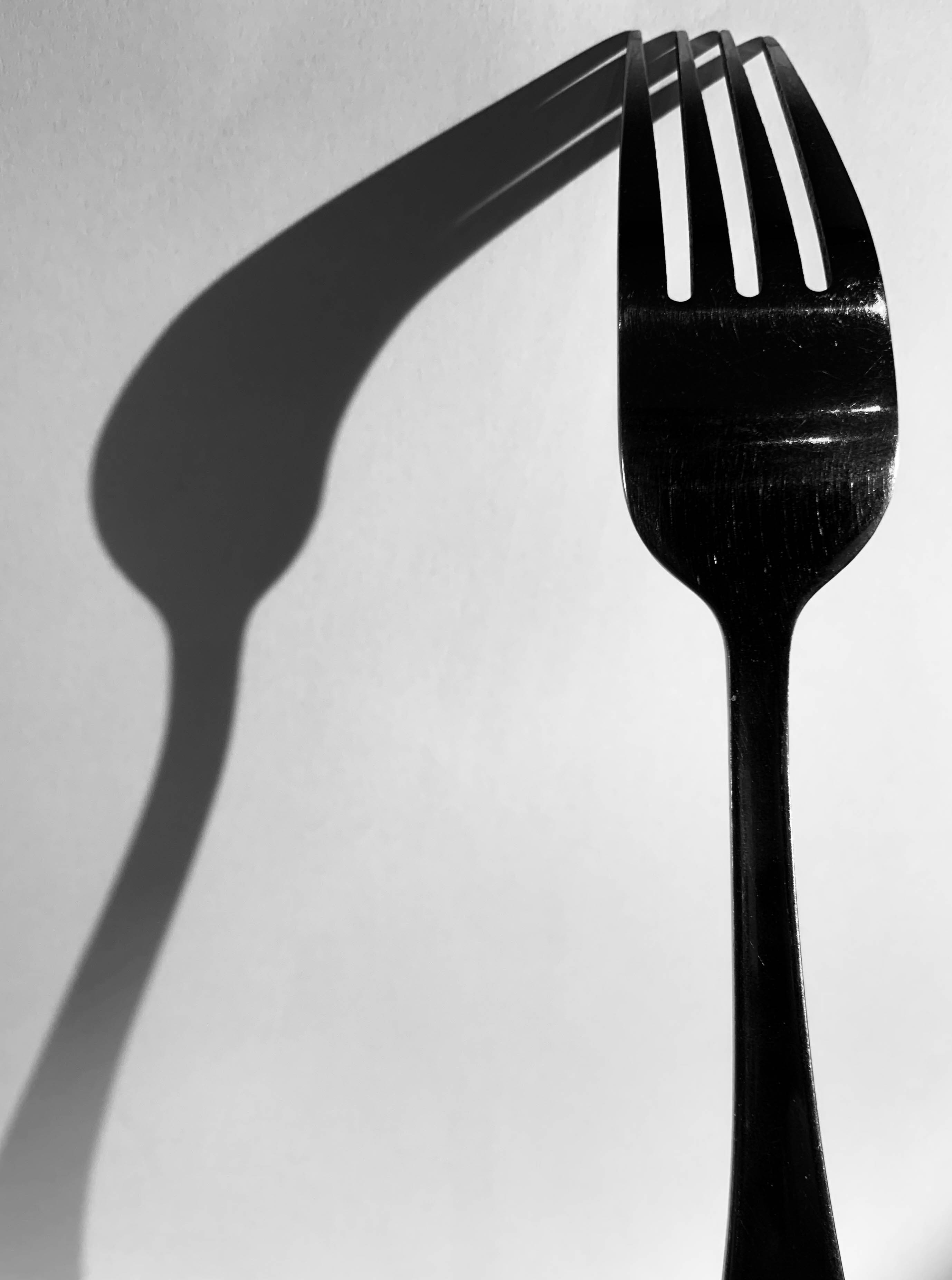A photo book is a book in which photographs make a significant contribution to the overall content. A photo book is related to and also often used as a coffee table book.
Reymond Meeks – Halfstory Halflife
Halfstory Halflife is a book by Raymond Meeks an American photographer who is best known for his focus on memory and place, and captures daily life with his family and also the local youth. Meeks was documenting the local youth who adventure to the Catkill Mountain region in New York during summer breaks. Halfstory Halflife is a distillation of the photographs made in the shadows of these waterfalls, marked each summer by the exposure of young adults sat at a cliff both in space and in their lives.
The technical aspects to the very minimalistic layout consists of images embedded traditionally in the centre of each page with an opposing image on the next page both being A4 portrait orientation with a slight boarder round each image. For the most part, the images take up the whole A4 page however, there are some images which are A5 which are set to the right hand side of the page. I believe by having a variation of layouts throughout keeps the book interesting as it grandly becomes easier on the eye as your not consistently looking at the same layout all the way throughout the book.
As the book has a strong monochrome pallet throughout it creates strong contrasts and shadows within each images however due to the use of natural lighting, soft glares are seen on multiple images. These two factors create a strong juxtaposition due to the fact that it shows the darkness of the area and maybe their youth however the soft glare could contribute to the happiness in their lives and this location could be a spot for which allows them to proceed in being happy.
As the images are in black and white it allows for a more unrealistic interpretation of the images. I think this helps the viewer interpret these images in a different way and to connect with the pictures differently as we don’t view the world in black and white so it can be seen in an usual way. All the pages in the book are consistent, using the same style of white paper which juxtaposes with the images which alter each page with contrasting environments and a lack of colours. There are a total of 144 pages including the unused pages and a total of 78 images which is supported by a soft cover with a fold out jacket. To me, this photo book is essentially a narrative that projects the lack of youths happiness when exploring the environment, landscape today is bound up with a sense of the loss of natural space.
















